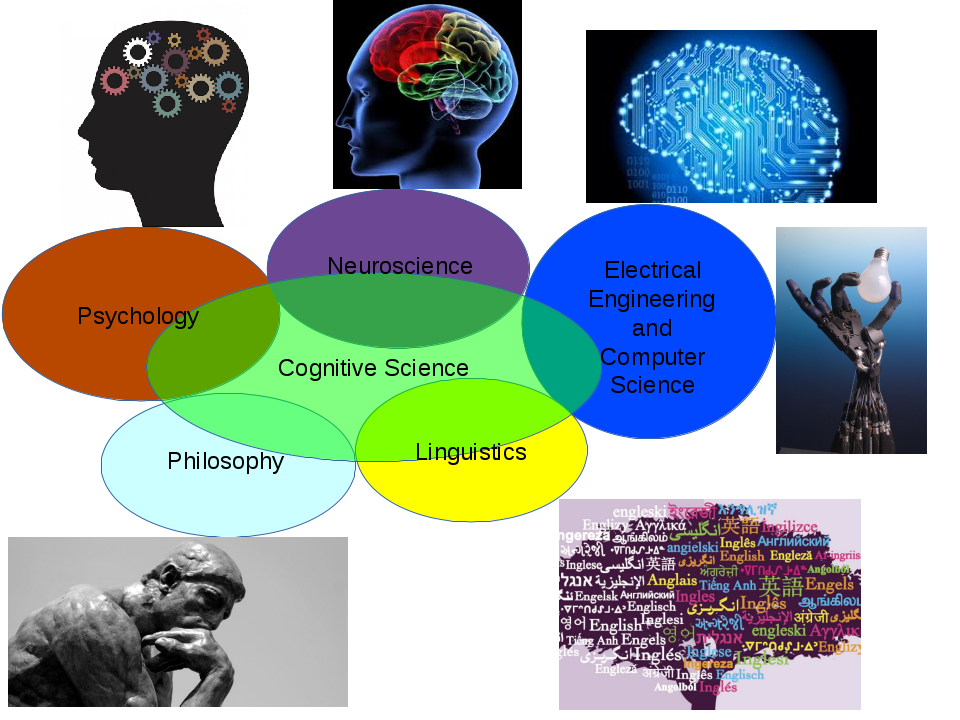
The subject matter of this course is, in a sense, highly ambitious: we seek to understand the history of the enterprise of computationally conceptualising and emulating the human mind. This is essentially a cognitive science course, with a pronounced computational bent. Cognitive Science is a relatively new discipline which sits at the interface of psychology, neuroscience, linguistics, philosophy, computer science, and electrical engineering. It seeks to understand the processes underlying human cognition by means of formal (especially computational) models. This course can be also seen as trying to merge perspectives from two distinct, but complementary, academic streams: one with an engineering objective, the other with a scientific one. As engineers, we have sought to design intelligent systems that can emulate human performance on perception and cognition tasks. As scientists, we have sought to turn this around and use such designed systems to better understand, or 'reverse engineer', the human mind itself.
Instructor: Sumeet Agarwal
TAs: Oshin Dutta, Avantika Dev, Aadarsh Gupta
ELL457: 3 credits (3-0-0); HSL622: 4 credits (3-0-2)
II Semester 2022–23
M Th 15:30–16:50, IIA 101 (Bharti School building)
| Serial no. | Lecture nos. | Topics | Slides and other resources |
| 1 | 1–8 | Introduction; Philosophical, Psychological, and Cognitive approaches to modeling the mind | Introduction: Philosophical and Psychological Perspectives; The Libet Experiment; Mary's Room; The Chinese Room |
| 2 | 8–9 | The relevance of computation; types of computation | The empty brain |
| 3 | 10–12 | Symbolic representations and models of cognition | |
| 4 | 13–14; 16–18 | Debates about thinking, AI, and representation | |
| 5 | 15 | Student presentations on term paper proposals | |
| 6 | 19–22 | Connectionist models; Higher order perception like object and pattern recognition | Convolutional neural nets: demos; sparse autoencoder notes; unsupervised visual learning; comparing to brain representations [slides, paper] |
| 7 | 23–24 | Cognitive models and Bayesian inferencing | Bayesian models of cognition |
| 8 | 25–26 | Cognitive architectures | How are cognitive systems organised?; ACT–R paper | 9 | 27–28 | Student presentations on final term papers |
[Image credits: directactioneverywhere.com; mcgill.ca; edx.org; wikipedia.org; nu.ac.th; binghamton.edu.]